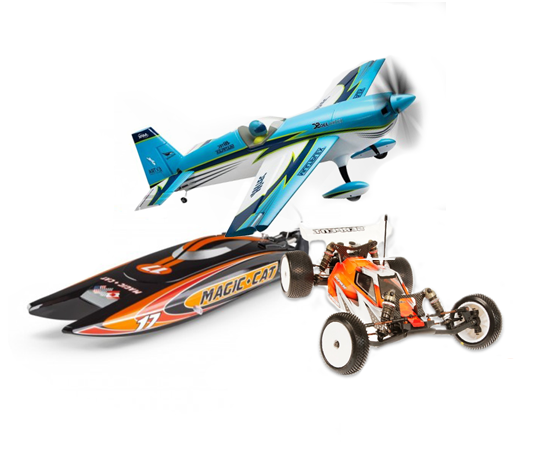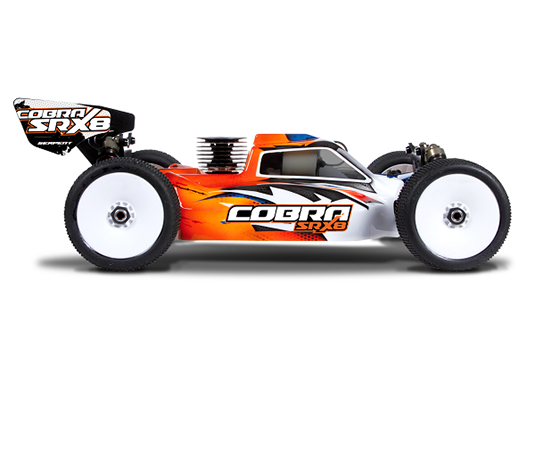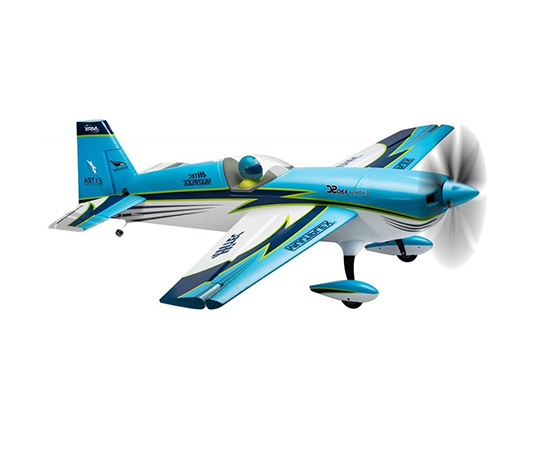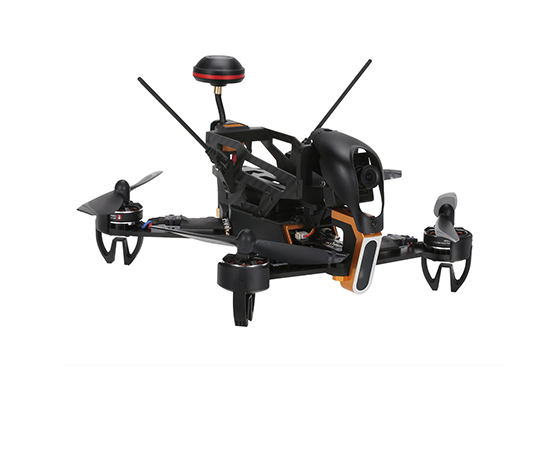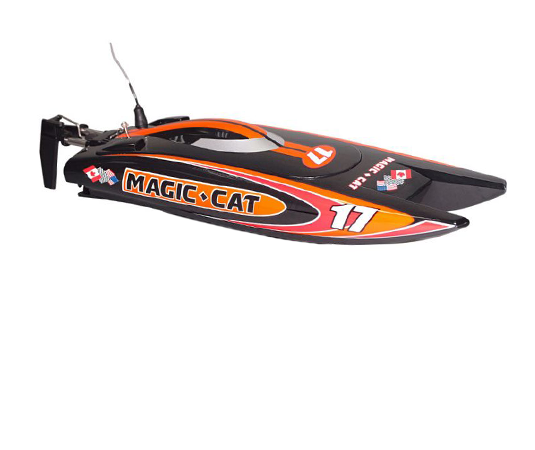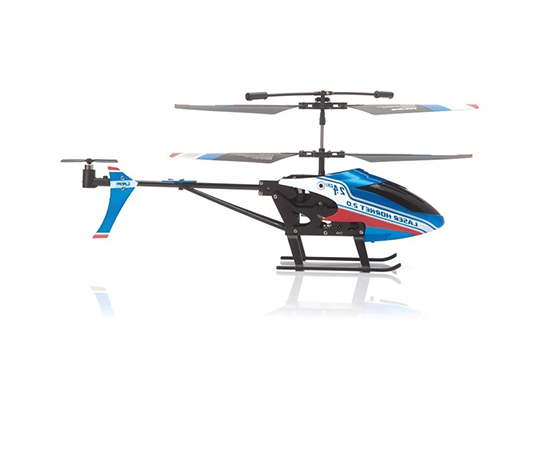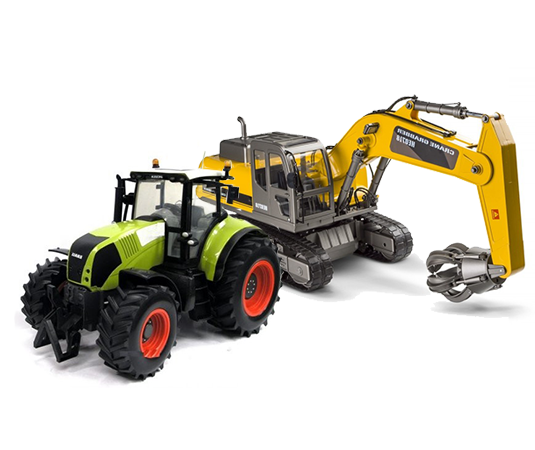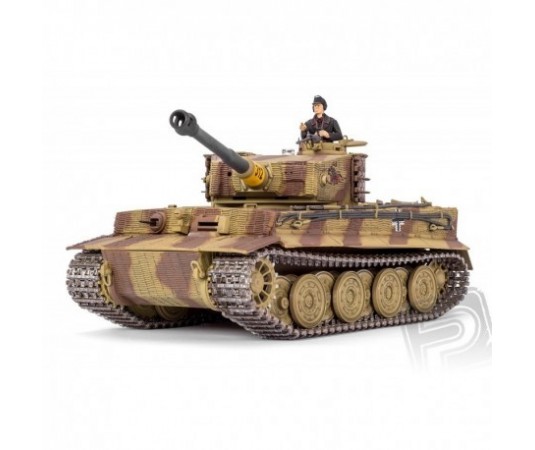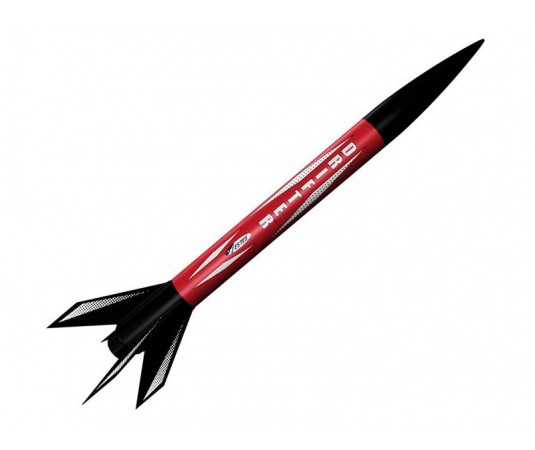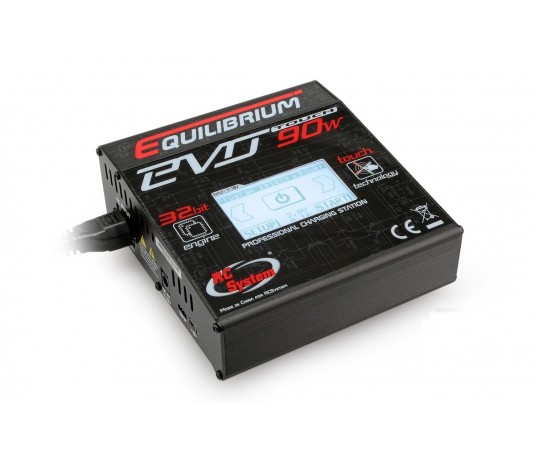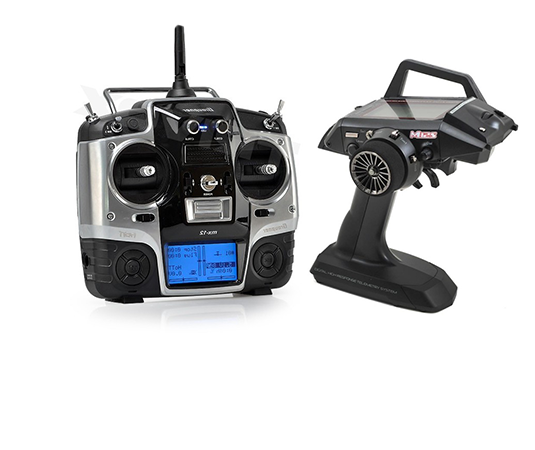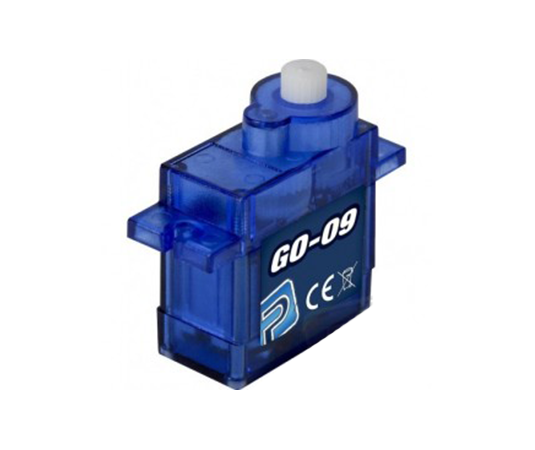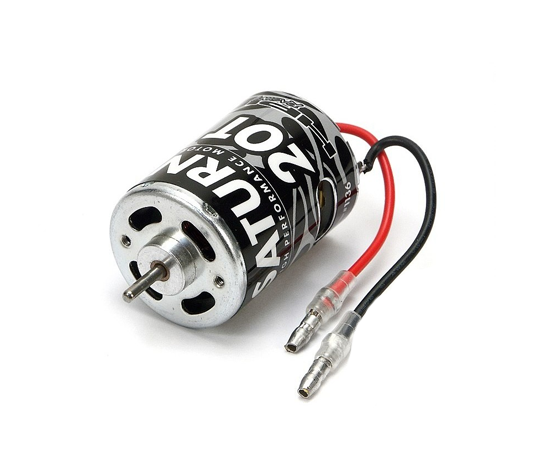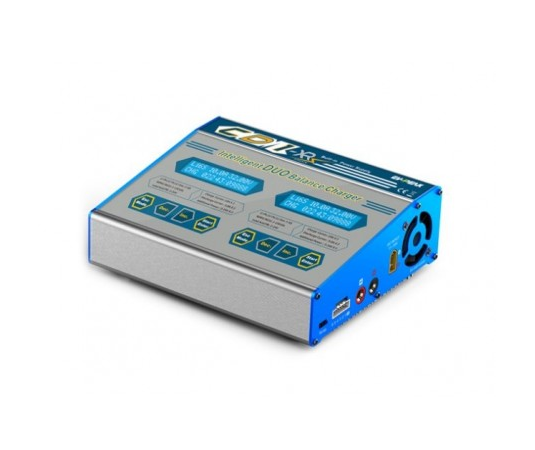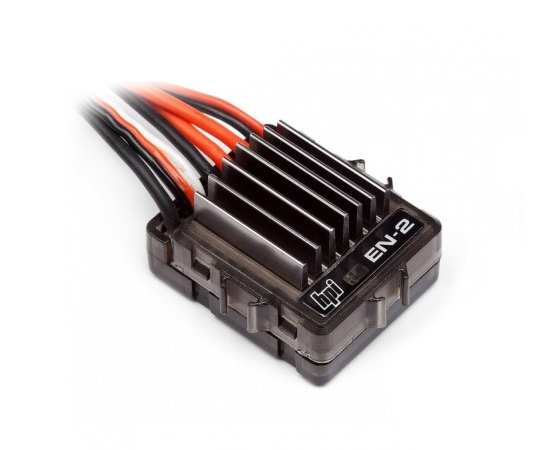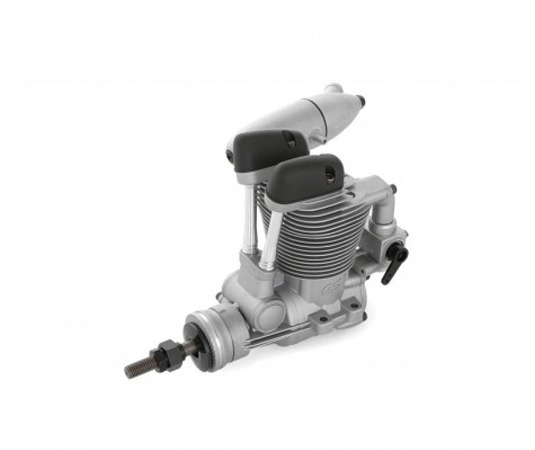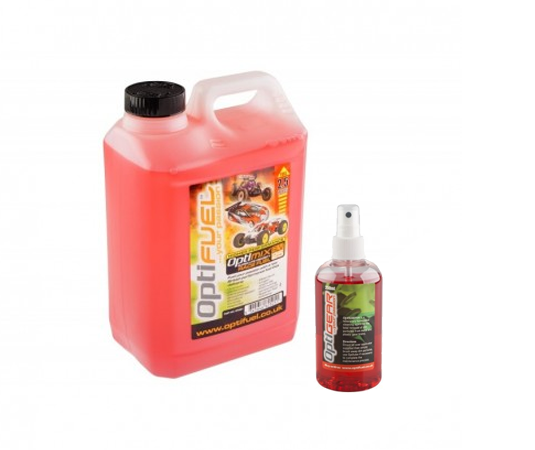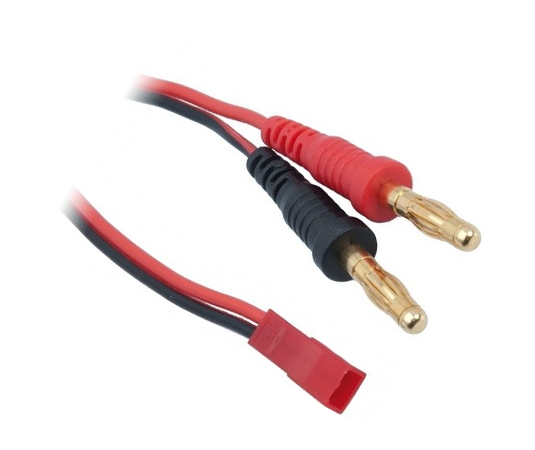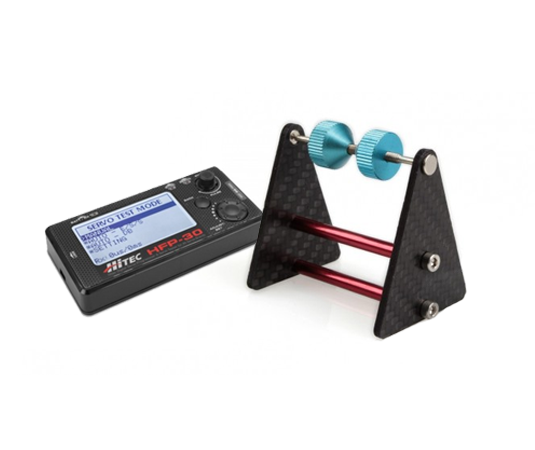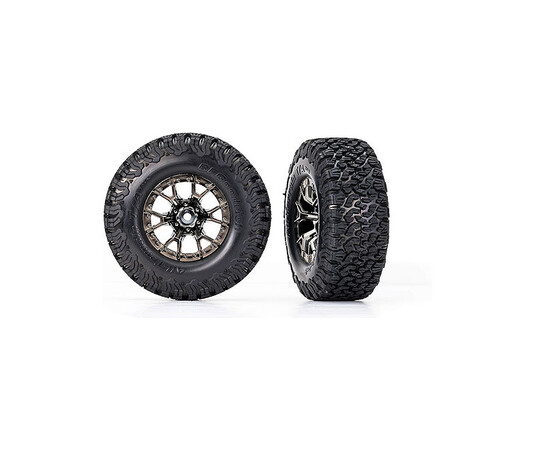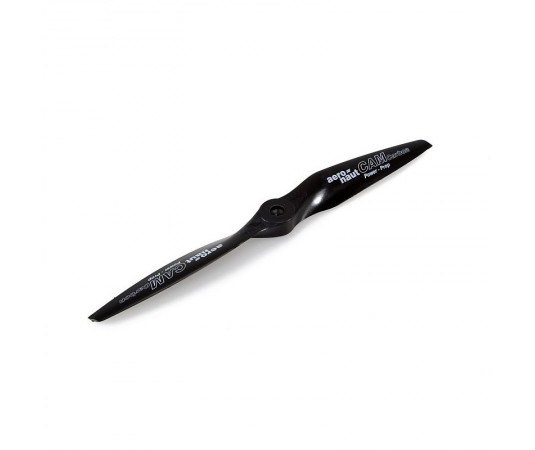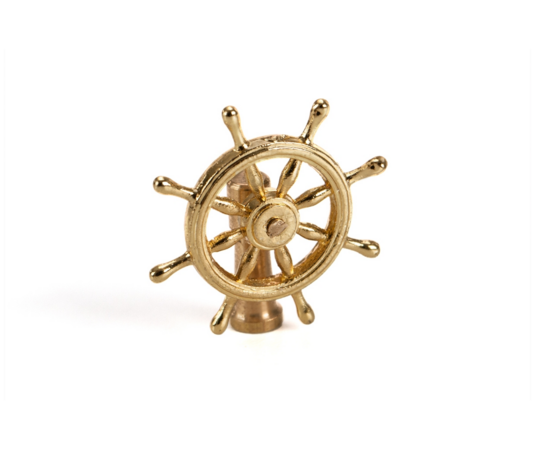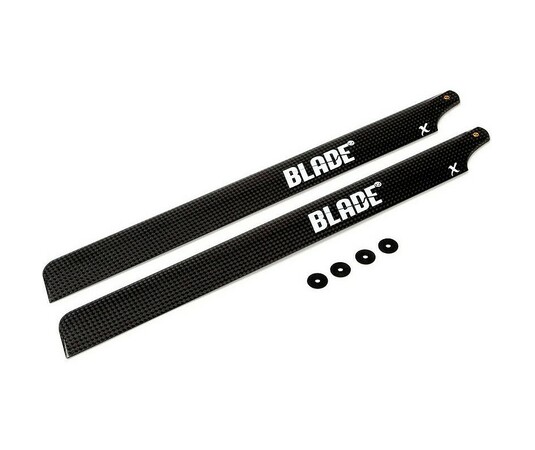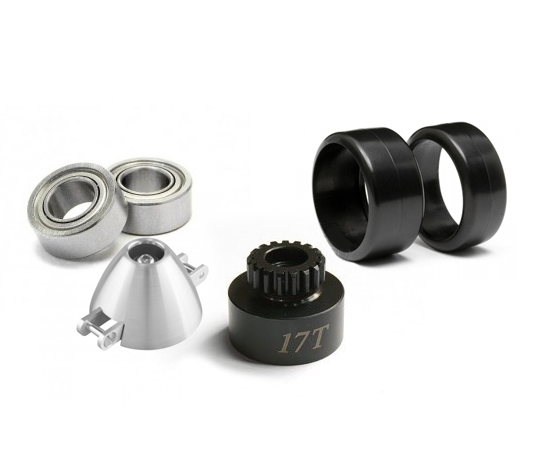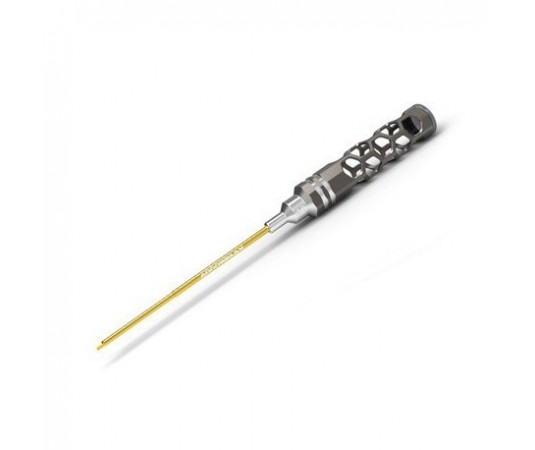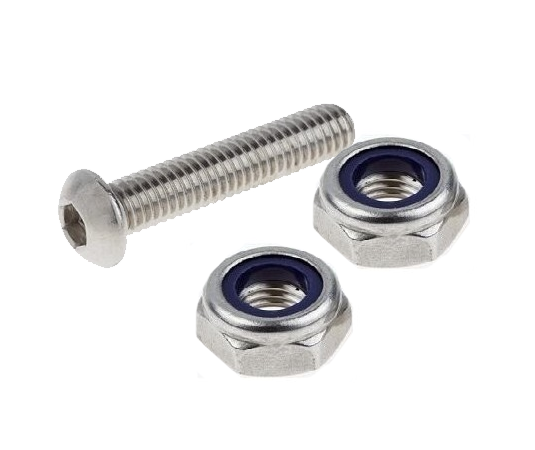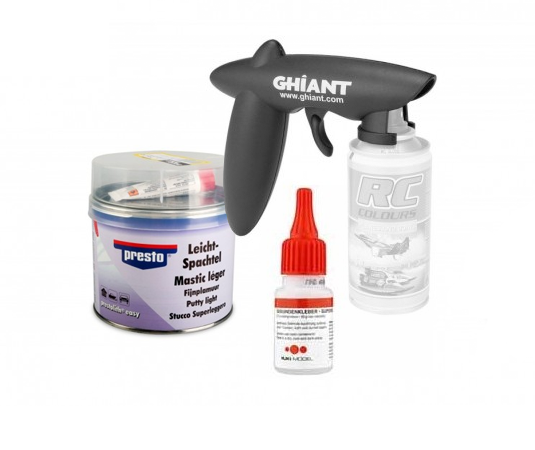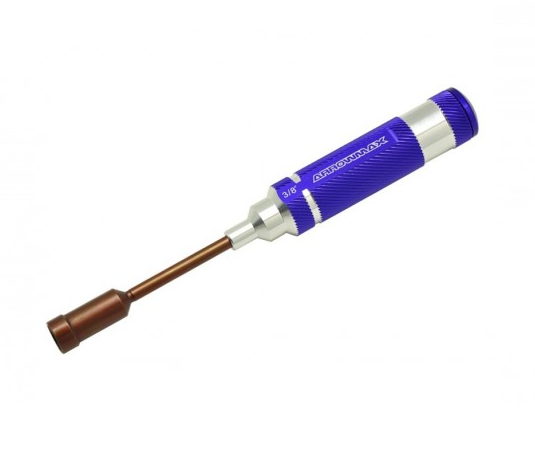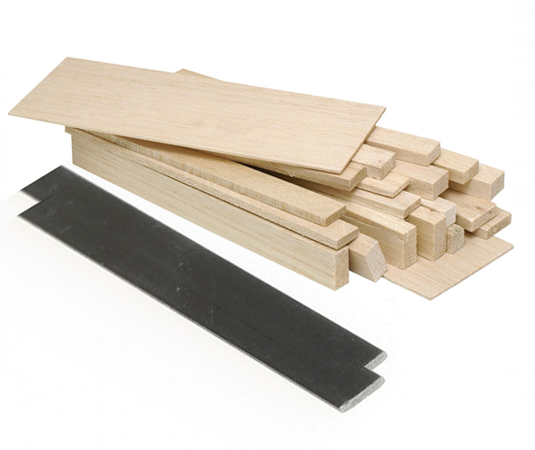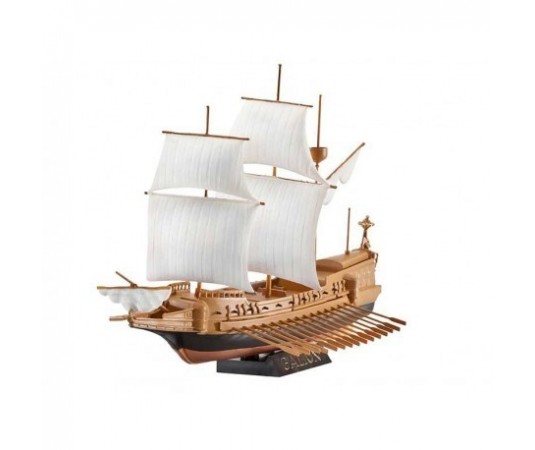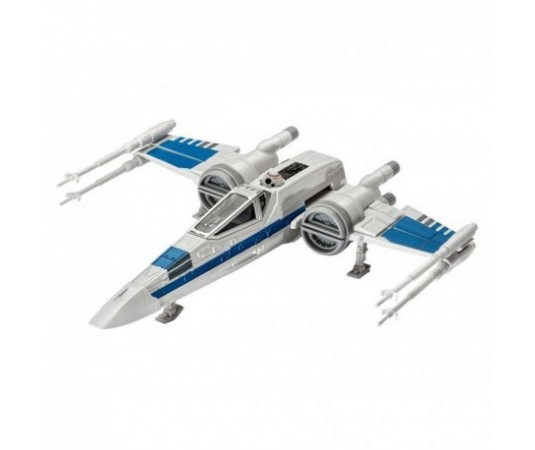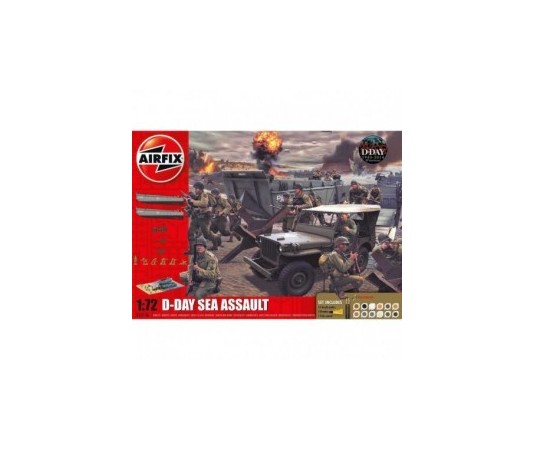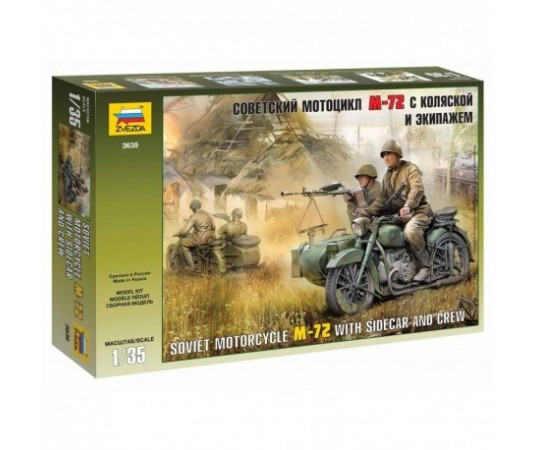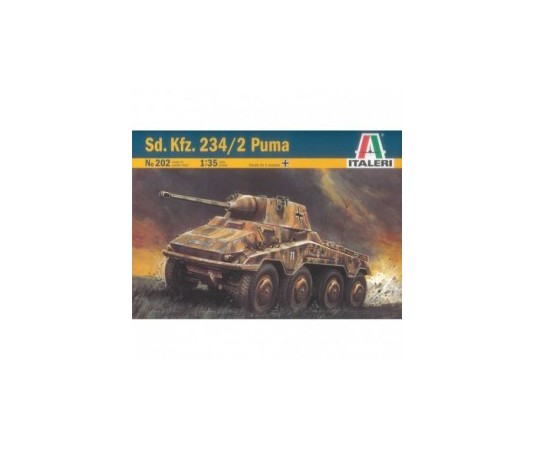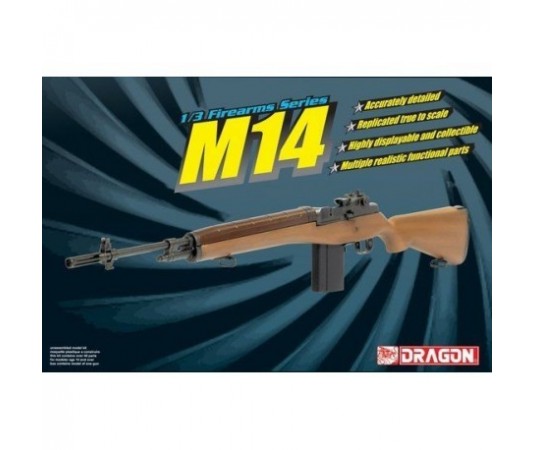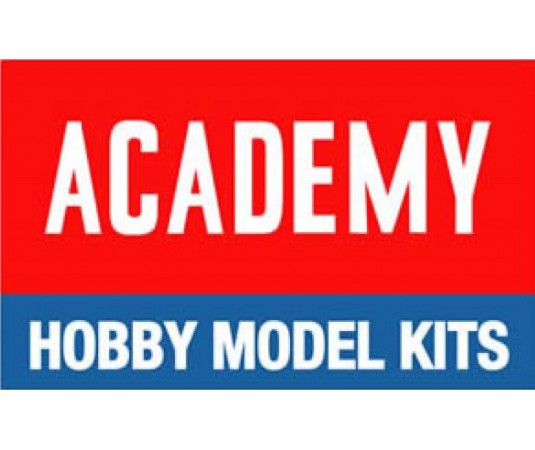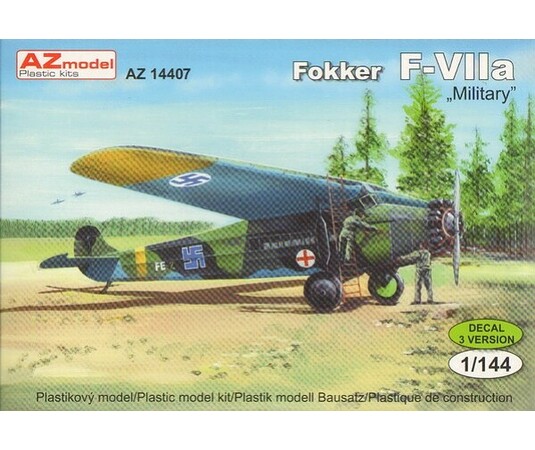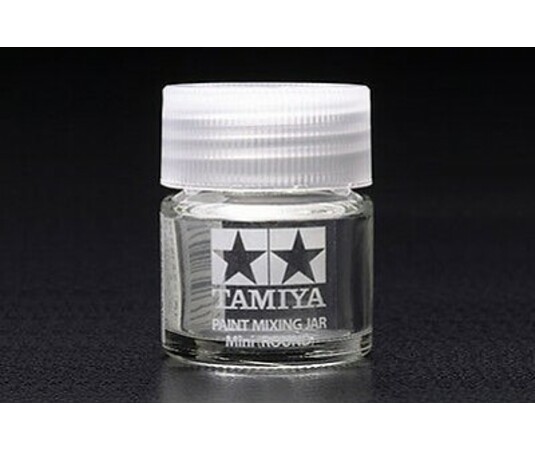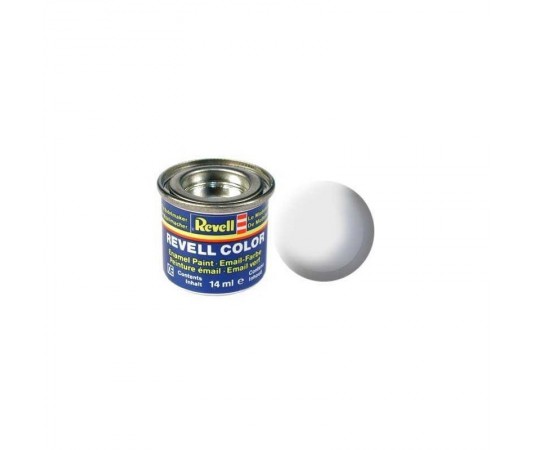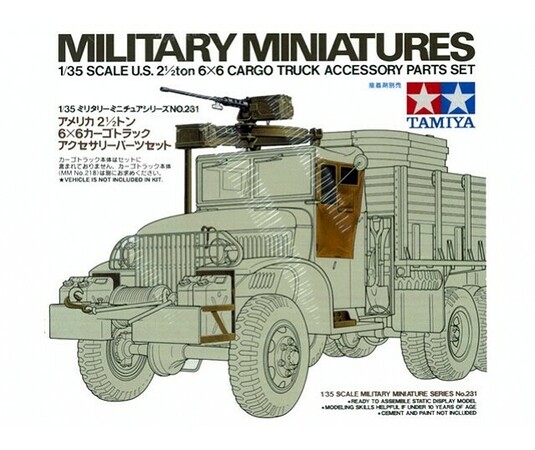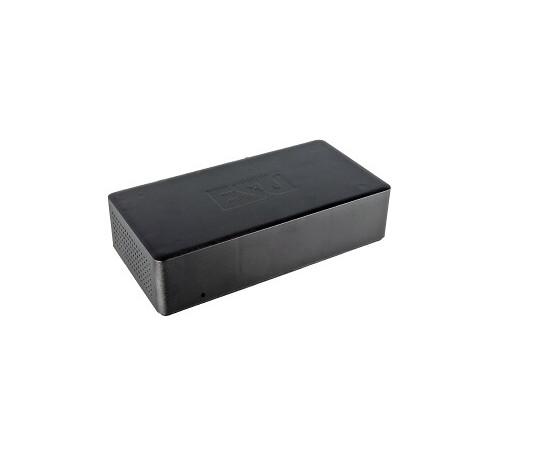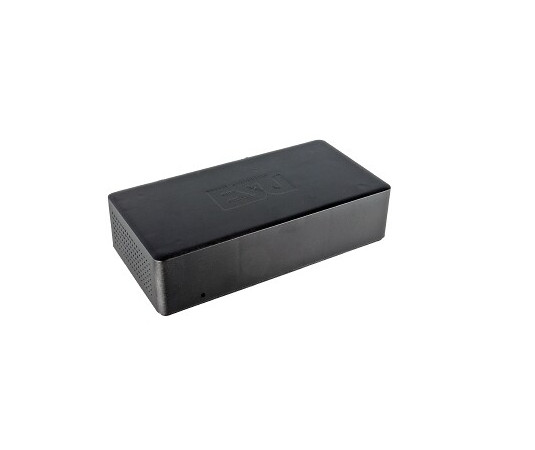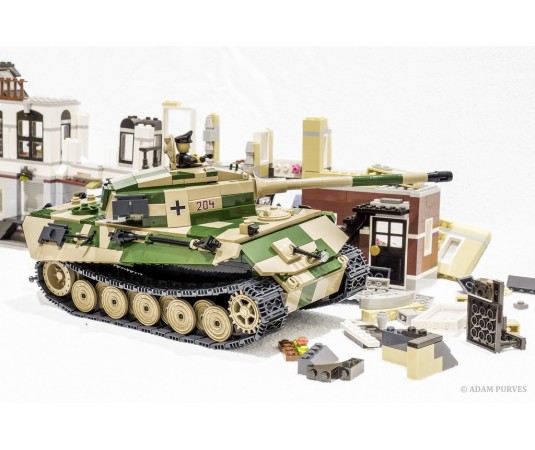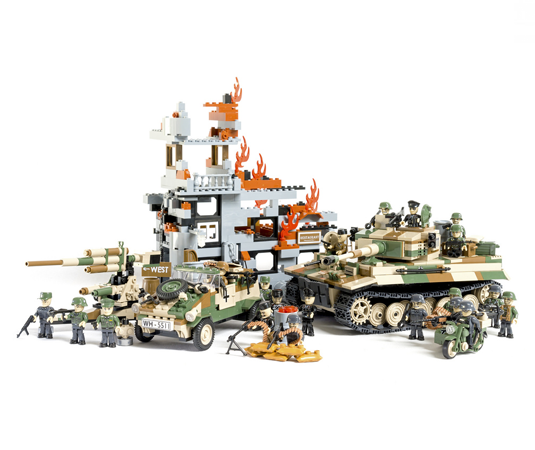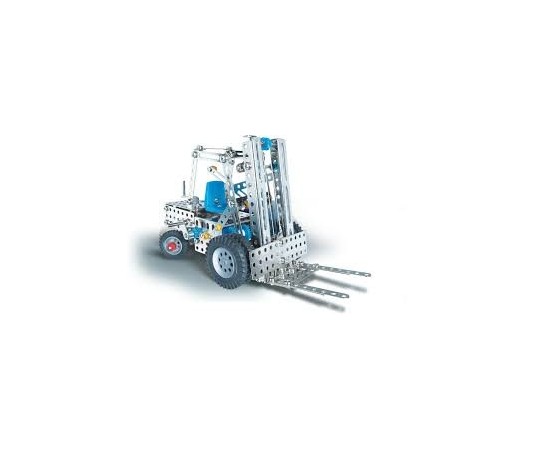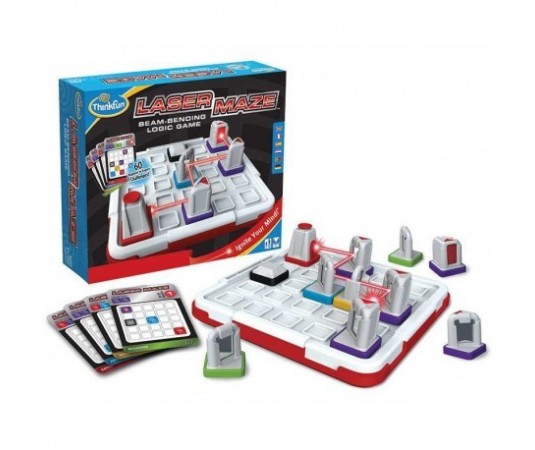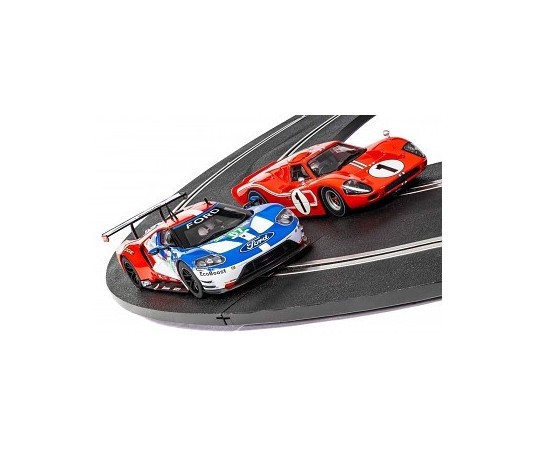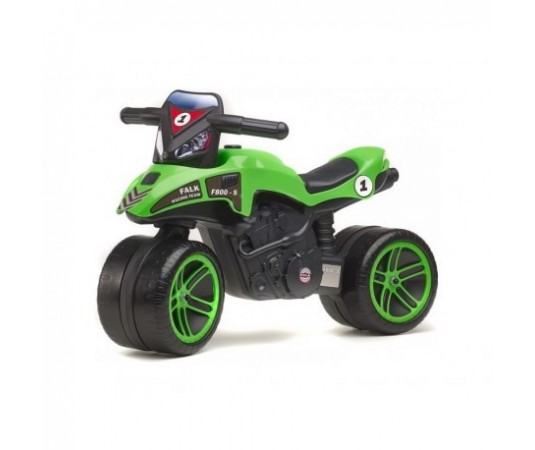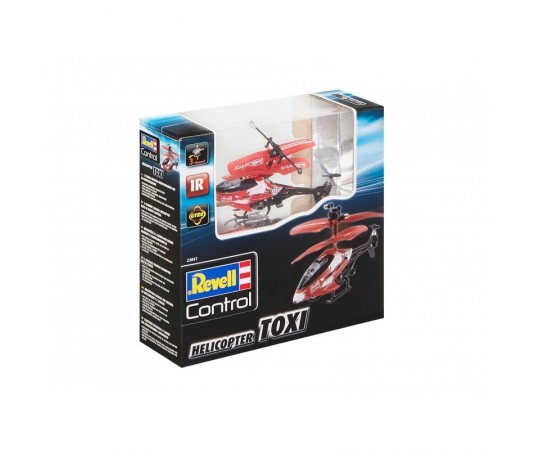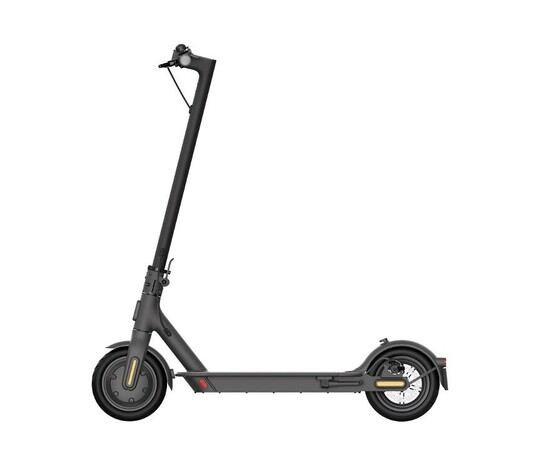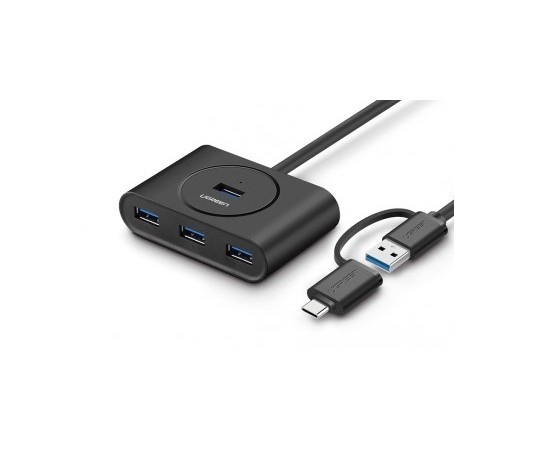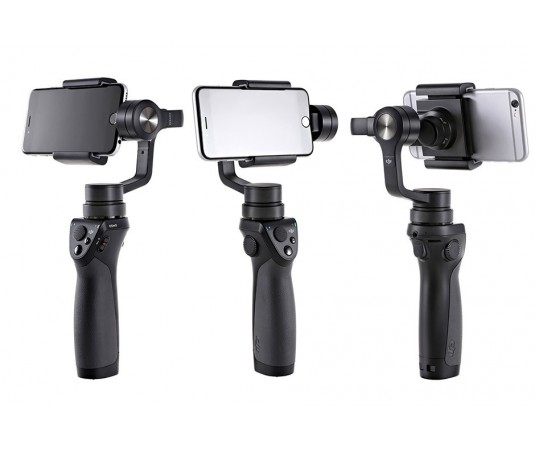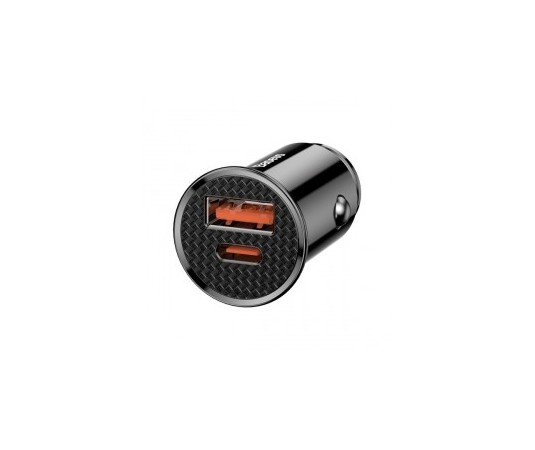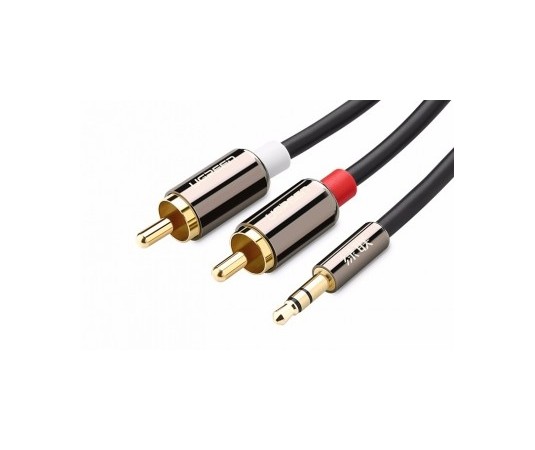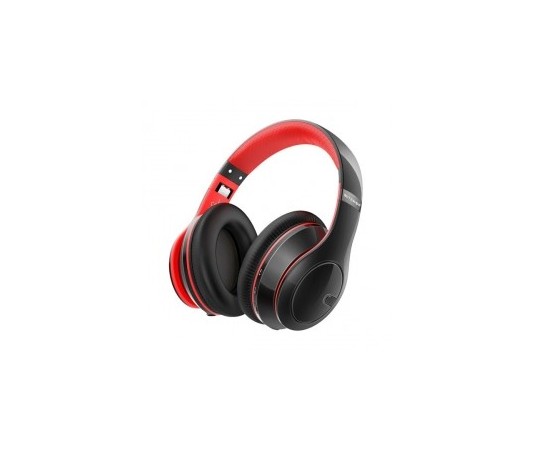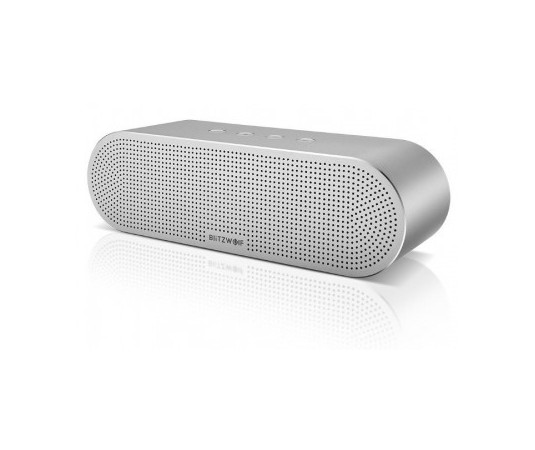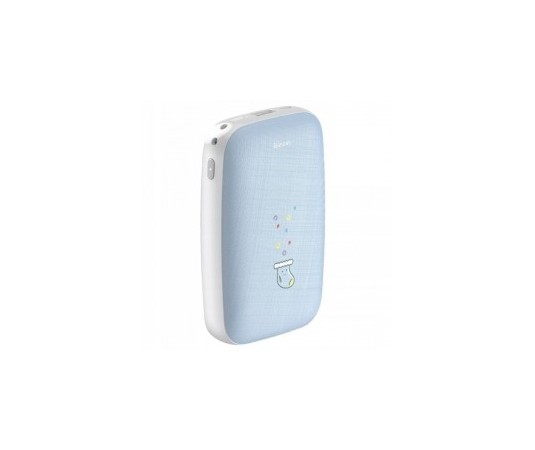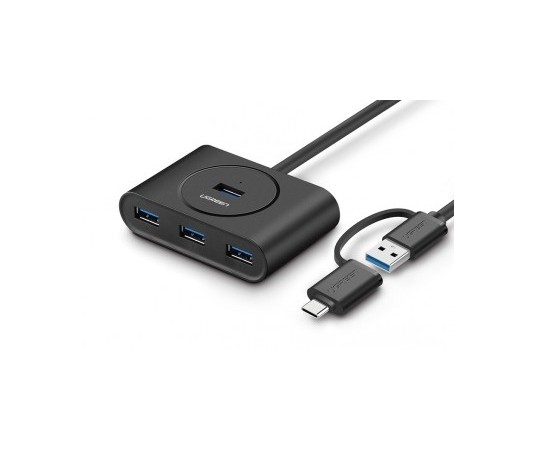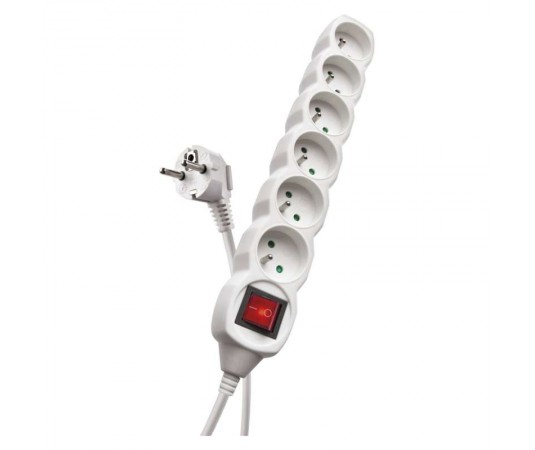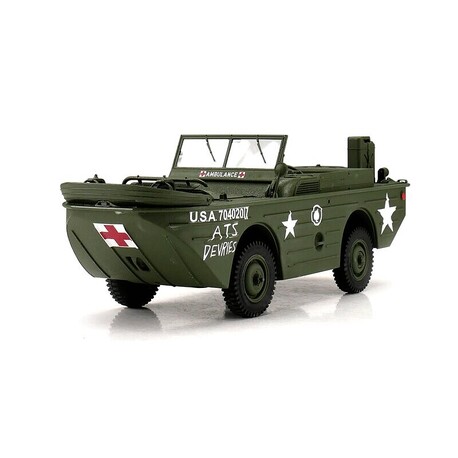1/16 RC FORD GPA, green camouflage

Express delivery

Large selection of carriers

Satisfaction guarantee
The Ford GPA "Seep" (the government's "P" Amphibious, where the "P" stood behind its 80-inch wheelbase) was an amphibious version of World War II Ford GPW jeep. Unlike the jeep, the seepage was not successful; on land it was considered too slow and heavy and lacked sufficient open water naval capabilities. The GPA used the components of the much larger and more successful DUKW amphibious vehicle.
After Willys, Ford and Bantam were commissioned to build the first 4,500 jeeps (1,500 each) in March 1941, the U.S. Motor Transportation Council set up a project led by the National Defense Research Committee (NDRC) called "QMC-4 1/4 Ton Truck Light Amphibian “.
Roderick Stephens Jr. from Sparkman & Stephens Inc. yacht designers were asked to design the shape of an amphibious jeep weighing 2,700 pounds (1,200 kg), in the same vein as its design for the DUKW amphibious truck with all-wheel drive. Stephens' fuselage design looked like a miniature version of the DUKW, as did the 'Seep' power-driven propeller, which worked in a dedicated tunnel at the rear of the body, as well as the correct rudder.
The design of the vehicle was developed in competition with Marmon-Herrington and Ford Motor Company. Marmon-Herrington specializes in all-wheel drive vehicles. The fuselage of the Marmon-Herrington prototype created an integrated unibody structure, created by cutting shapes from sheet steel and welding them. However, Ford's entrance used a robust chassis and inner frame, to which a more or less ordinary steel sheet was welded. Thanks to this design, the GPA was 180 pounds lighter than its competitors. The GPA design was based as much as possible on standard Willys MB and Ford GPW jeeps, using many of the same parts. The GPA had an interior similar to that of MB / GPW jeeps, although the driver's cab had almost twice as many control levers: 2WD / 4WD, hi-range / lo-range, winch with winch (on the bow), propeller deployment and rudder control. After a direct comparison of the prototypes of the two companies, Ford won a production contract from 1942.
Technical specifications of the original
Engine: petrol four-cylinder 2201 cm3, 60 hp, 3-speed + 2-speed transmission.
Dimensions: body length 4.62 m, wheelbase 2.13 m, track 1.63 m, curb weight 1100 kg, total max. Weight 1610 kg.
Features and contents of the package
- completely assembled model Torro FORD GPA
- 2.4GHz RC socket
- proportional control
- possible to sail on water
- fitted with rubber wheels
- body with plastic
- LiPo now
- USB charger
- stickers
- dimensions: approx. 330 x 140 x 210mm
Warning
- Used under the direct supervision of an adult
- Recommended age: 14+
- Not suitable for children under 36 months. Choking hazard due to small parts


